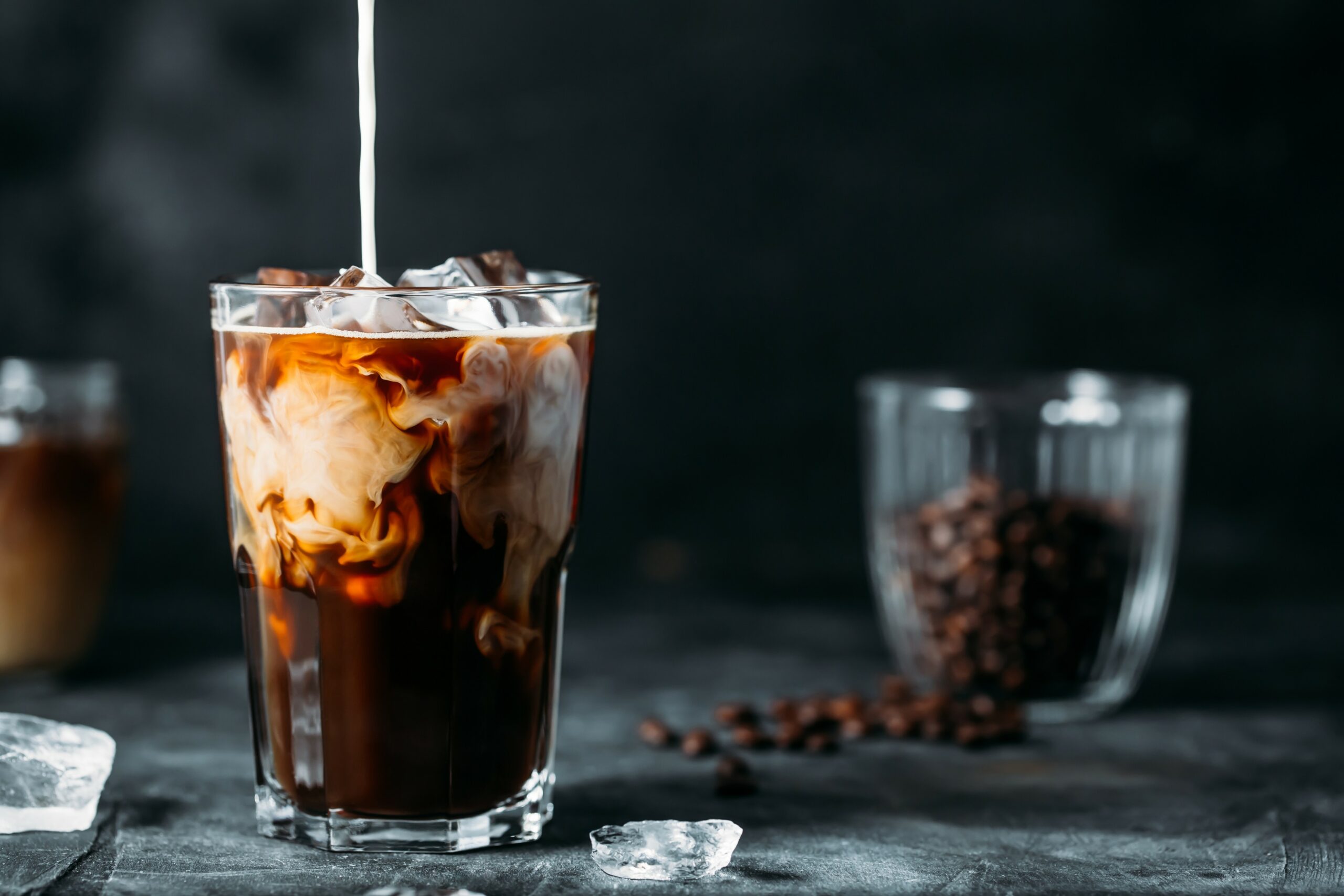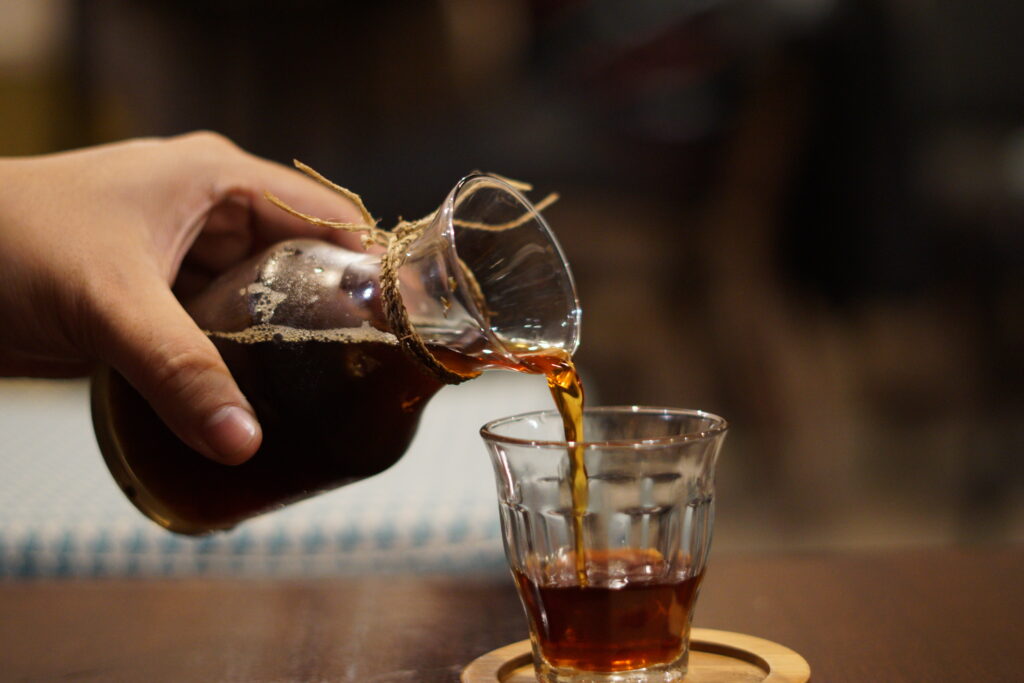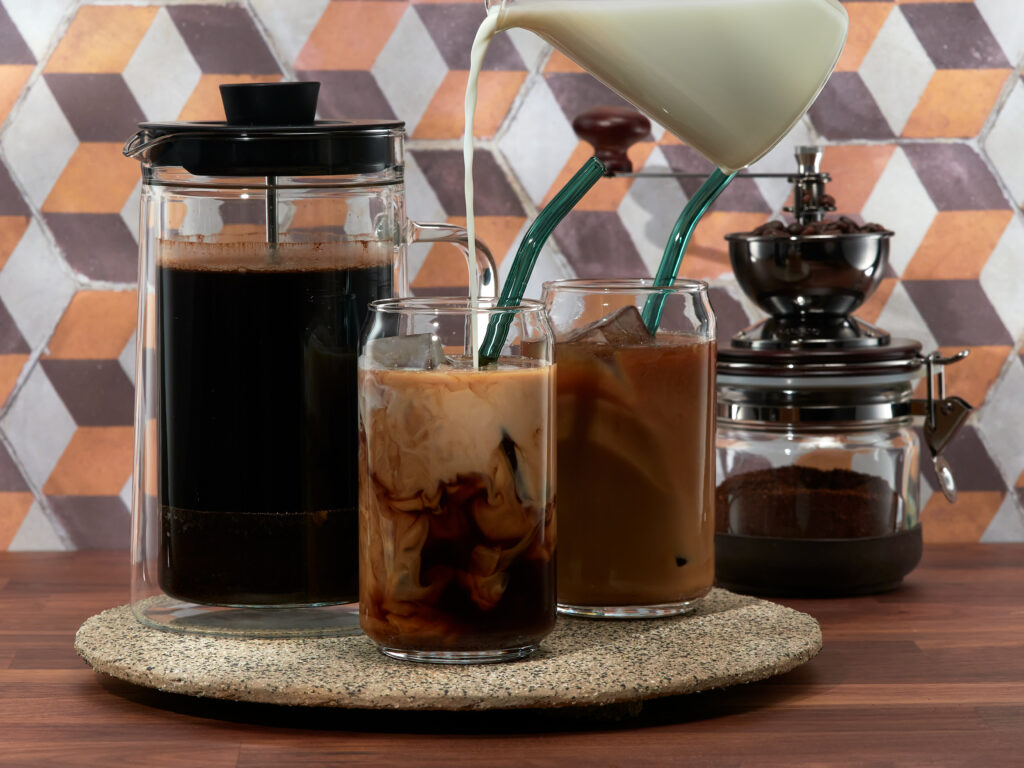
Sweeten Up Your 4th of July With These Patriotic Desserts
June 30, 2023
Posted: September 7, 2022 12:07 pm





With its subtle sweetness and refreshing quality, cold brew coffee is an excellent beverage choice. But what’s the deal with cold brew? How are different types of iced coffee prepared, such as drip coffee, Japanese iced coffee, and coffee prepared by immersion? And which brewing method is best for a simple, sweet cup or a nuanced, fruity single origin? Look at the various suggestions in this simple guide and learn how to enhance and modify your cold brew for tasty results.
The cold brew technique in the coffee making has exploded in the past couple of years. Indeed, a cold brew is so compelling that you would pick it up anytime for refreshment. Below are reasons why the cold brew methods of coffee making are unbeatable:
Hot coffee has a few options if you’re looking for various coffee tastes. But the iced approach has a lot more. The cold brew integrates many flavors with other ingredients to provide a tasteful experience.
You can make a cold brew iced latte by diluting the concentrate with milk. Making a cold brew cream soda is as easy as diluting strong coffee with soda water and simple syrup and topping it off with cream.
If you want a caffeinated cocktail, all you have to do is combine your preferred liquor with the concentrate. Do yourself a favor and try some cold brew lemonade because cold brewing provides infinite ways of making your drink.
When you’re hungry, the acidity in most hot coffees is downright painful for anyone sensitive to hurt burn. Luckily, cold brewing minimizes the acidity levels in the brew. Drinking and enjoying cold brew coffee is a pleasurable experience that causes no stomach distress. Cold brew coffee is the best choice if you have acid sensitivity.
Acidity and bitterness are both essential components of the coffee’s flavor. But they can easily become overpowering if the coffee if you brew your coffee incorrectly. Because cold brew coffee does not utilize hot water, the chemicals that give it bitterness and acidity remain unbroken and unextracted.
Cold brew is mellow and easy on the taste buds because it has half the acidity and bitterness of hot brew. Without the high concentrations of harsh acids and tannins in hot coffee, you will not get some of the flavors you would find in hot coffee (such as bright citrus or deep grapefruit). But it will still give remarkable results.
While cold brewing will not completely alter a coffee’s flavor, it will show it in a new light, usually with more sugar and cream than is typical. It is always interesting to observe how a fantastic hot coffee’s characteristics translate into a cold brew.
There is no “best” coffee for making cold brews. Indeed, any coffee will do in theory. But many coffee enthusiasts point out two types as very common and decisive:
One, repurpose stale or unused coffee. This advice was given by folks who don’t care for a cold brew and only make it when they have none left to drink.
Second is the sweet and fruity coffee. Fans of iced coffee vouch for these. Specifically, they suggested naturally processed African coffee for its fruity and sweet flavors.
The acidic and bitter edges of coffee’s flavor are softened when brewed with cold water. If you want the fruity flavor of your coffee to come through in your cold brew, use beans with high acidity levels.
Since bitterness is not a big concern, you can try using espresso-roasted coffee beans; the cold brew method is more suited to bringing out the nuanced flavors in these beans.
Many approaches are available to make cold brews. You also get different methods to adjust the style and flavor of your coffee after choosing cold brewing.
A common misconception about cold brew is that it must be sugary, mild, and acid-free. Think about the flavor profile you prefer in your coffee before settling on a preparation method. This gives you the freedom to pick an extraction technique that puts the focus where it belongs: on the parts you would love.
The extraction process is sped up by heat, and some substances, such as acids, cannot be extracted in any other way. As a result, cold brew coffee preparation needs to take into account several novel factors. Let’s weigh the available options.

This method requires a significant time commitment. It is also known as Dutch or Kyoto ice drip. To make ice drip coffee, you must slowly drip iced water into hot coffee grounds.
The end product is coffee that is free of sediment and unique flavors. The method will accentuate any fruity or floral flavors. It involves the removal of sugars from the coffee without being jumbled by a prolonged soaking. Adding the extracted lipids makes the resulting coffee thicker than traditional Japanese iced coffee.
On the negative side, you will need to put in a lot of time and money to pull this out. A pot of coffee can take an entire day to brew at a drip rate of one second. And this is not always a passive process like cold immersion brewing.
Pay close attention to the drip rate and make any necessary adjustments to achieve the optimal flavor while brewing with ice.
The process also calls for some high-priced equipment. A high price tag is attached to the futuristic appearance of glass slow-drip towers. They are cumbersome and easily damaged pieces of machinery.
Cold brew coffee is a refreshing alternative to your usual hot beverage. Its reputation for being simplistic is not always justified. The best way to find an ice drip recipe that works for you is to experiment with various methods and beans.

This preparation method does not involve brewing coffee under cold conditions. Instead, it relies on high temperatures. Thus, it cannot be called “cold brew.” In this technique, you brew coffee straight onto the ice. It involves a pour-over coffee maker with ice packed inside the body.
Typical of cold brew coffee, the flavor of Japanese iced coffee is unique. The hot water draws out the acids from this coffee, making a crisp, clean, and freshening aftertaste. If this profile pleases you, try it out with acidic coffees from origins like Ethiopia.
The benefits of the Japanese ice method include its simplicity, brewing speed, and inexpensive method. It is the favored method as a quick and simple one for satisfying an impromptu craving for iced coffee. Try this out today with this recipe.

During the immersion brewing process, coffee grounds are combined with water and allowed to steep for several hours. You may obtain silky-smooth coffee with no effort by straining it beforehand.
Most balanced immersion cold brews have low acidity levels since acidic compounds can only be removed by heat. Choose a Bourbon or Burundian processed naturally if you like mild and sweet coffee.
Some people do not like cold brew because they think it lacks nuance. However, the acidic parts of it make it taste and smell fruity. Experts stress the importance of using the correct extraction method.
One of the best extraction methods out there is the Toddy method. It uses filters to enhance the experience of total submersion. Use Toddy to make fresh cold brews for the café every day. As you discover more, you can customize the experience to your liking from this recipe.
If the coffee is made with cold water, the customer can choose to have it served hot or iced. It’s the same process for making iced or hot coffee, with the latter being reheated in the microwave right before serving. To make your coffee drinkable at room temperature, dilute it with water before heating it. But this can affect the taste.
If you cannot take the heat, iced coffee is your best beverage. Iced coffee indeed makes a potent cup to drink. Adding ice to a cup of iced coffee is done so that the coffee will get slightly watered down. Water or milk can be added to your glass to adjust the strength if it is still too strong.
Be sure to use filtered water whenever possible: In all honesty, this is just solid coffee advice in general. The coffee you brew with filtered water will taste sweeter and cleaner.
You need to have your beans ground coarsely: Extreme fine grinding of the coffee beans, as is typical for drip coffee, might cause the coffee to be over-infused, resulting in a gritty, muddy texture in the strained liquid. Ensure the beans are about the texture of coarse cornmeal or perhaps rougher.
Soak for 12 hours or more: Shortening this time is acceptable, but being miserly is not. Full infusion of the coffee into the water requires this amount of time. An underwhelming cup of coffee can result from straining before it’s ready. It is essential to avoid extracting any of the harsh flavors from the tea by steeping it for too long. In my opinion, 15 hours is the maximum time to steep.
Ensure to maintain the temperature: For the best options for keeping your coffee at the perfect temperature while you are on the go, find the best travel coffee mugs online.
Coffee ice cubes are a great way to chill your cold brew: Do you wish to enjoy your coffee in its purest form? The best way to chill your iced coffee is with homemade coffee ice cubes.
You have arrived in a world where the cold brew is a game-changer for mixed cocktails. Indeed, iced coffee is delicious, and hot days are perfect for a cup. This is a nice world to live in.
You can make a perfect cup from any brewing technique, but it is always ideal when it is the one you love drinking. With the brewing methods and additional tips in this blog, it is up to you to choose a suitable method and adjust the strength of the concentrate to your liking. With the right coffee grinder and other essentials, you should enjoy an iced coffee.

June 13, 2023

May 10, 2023